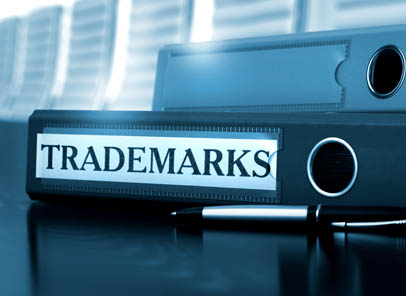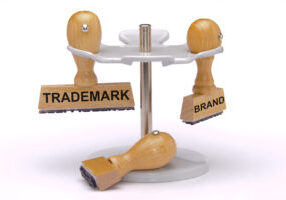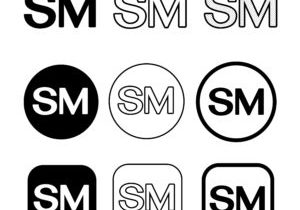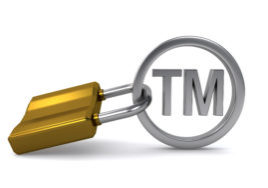WHY SHOULD I REGISTER MY TRADEMARK?
If consumers recognize your trademark, then the trademark is adding value to your business. Indeed, some trademark-protected brands are worth millions, and even billions, of dollars. Businesses should consider registering their trademarks with the USPTO to protect the value or potential value trademarks supply to their businesses. An experienced attorney will give you the best chance of obtaining federal registration.


WHAT IS A TRADEMARK?
A trademark or service mark is a word, name, symbol, logo, design, or any combination thereof that distinguishes the goods and services of one seller or provider from those of others and indicates the source of the goods and services.
WHAT IS THE PURPOSE OF TRADEMARKS
In the United States, the two primary justifications for trademark protection are:
- to “protect the public so that it may be confident that, in purchasing a product bearing a particular trademark which it favorably knows, it will get the product which it asks for and which it wants to get”
- to ensure that “where the owner of a trademark has spent energy, time and money in presenting to the public the product, he is protected in his investment from its appropriate by pirates and cheats.”
S. Rep. No. 1333, 79th Cong., 2d Sess. 3 (1946).
Stated another way, a trademark attempts to protect consumers from purchasing a lesser quality product (e.g., knock-off) when they expect to purchase a product they had grown to trust; and, a trademark attempts to protect businesses from having their loyal consumers syphoned away by similar-looking fakes along with the goodwill associated with the trademark.


WHAT IS THE GOODWILL ASSOCIATED WITH A TRADEMARK?
The term “goodwill” refers to the inherent value associated with the trademark, or the recognizability the mark has with customers and the extra earnings power that recognizability generates. A consumer will often want to buy products from a familiar source, and when they recognize a trademark, they are more likely to buy a good associated therewith.
Consumer brand recognition creates value, and goodwill can be measured and valued, for example, when a business is bought or sold. In particular, a valuation associated with goodwill is measured as the difference between the business purchase price and the value of the businesses tangible assets. How much can the goodwill associated with a trademark be worth?
Some of the top brands in the world, such as Apple, Amazon, Microsoft, Google, are estimated to be worth around $322 billion dollars. Other high-ranking brands, such as Heineken, Uber, and Zoom, are worth more about $4–6 billion dollars. The impressive value that some of these brands have should provide ample justification for why a trademark should be considered a business asset and fully protected to the extent possible.
BENEFITS OF FEDERAL TRADEMARK REGISTRATION
Federal registration of a mark is not required but it carries several advantages, including providing notice to the public of the registrant’s claim of ownership of the mark, legal presumption of ownership nationwide, and a presumption of the exclusive right to use the mark on or in connection with the goods and services identified in the registration.
When a trademark owner brings an action in U.S. District Court, registration creates a legal presumption of ownership, which would otherwise need to be proven during the action. Once ownership is proven, a plaintiff can seek damages for trademark infringement to recover actual or statutory damages. It is not uncommon for a plaintiff to win total damages of over $5 million dollars in litigation.
A registered trademark may be recorded with the U.S. Customs and Border Protection (CBP). The CBP can obtain and seize imported goods that violate a registered trademark owner’s IP rights in the United States. For example, available statistics show the CBP seized goods having an estimated manufacturer’s suggested retail price, if the goods are considered to be genuine, of over $1.5 billion dollars. This is a significant increase from the $155 million dollars reported fifteen years ago. Some of the top seized commodities include wearing apparel and accessories, consumer electronics, footwear, watches and jewelry, pharmaceuticals, handbags, and computers.




